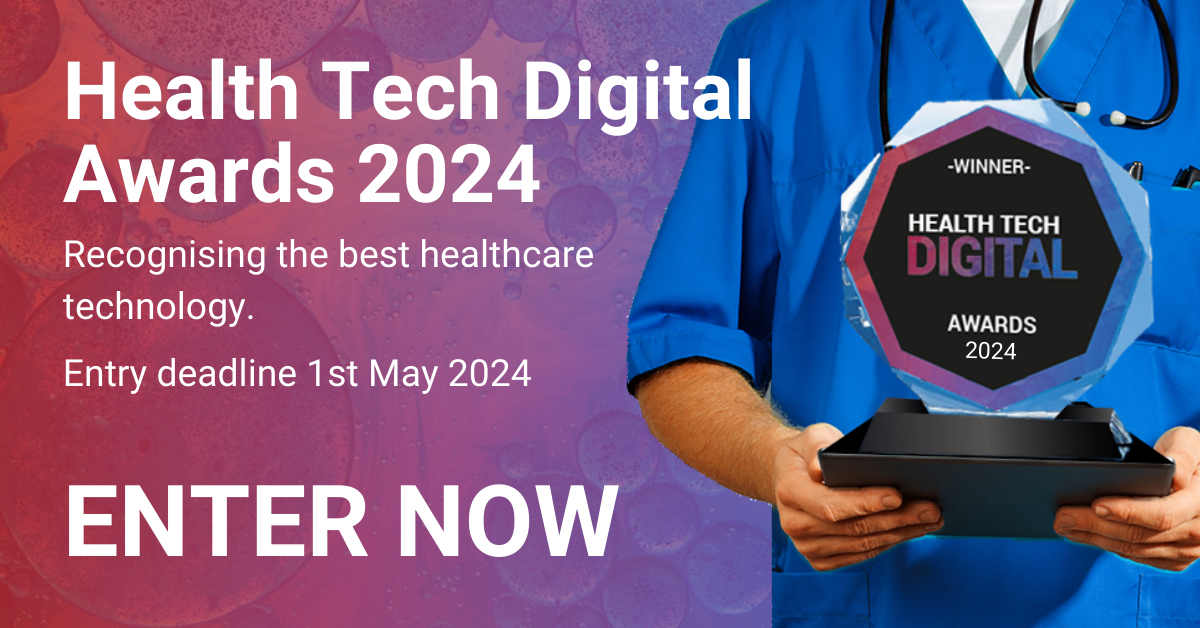
People working in digital healthcare have an opportunity, perhaps like at no other time in history, to use technology to change lives for the better.
The story is similar all across Europe. In Germany, the government introduced the Digital Health Care Act at the end of 2019, which aims to introduce digital health applications as a means of providing care and treating patients. France, meanwhile, adopted a new healthcare act in mid-2019 that seeks to foster the country’s e-health readiness. In the UK, for example, independent charity The King’s Fund says digital technology is integral to many of the changes envisaged in the NHS Long-Term Plan. This plan aims to drive wide-scale service transformation, such that all secondary care providers will be ‘fully digitised’ by 2024. Things are getting better.
These strategy-led objectives have made digital transformation a priority in many healthcare organisations around the world, a trend that’s become particularly critical during the past 12 months where greater emphasis has been placed on the sector during to the COVID-19 pandemic. As the rollout of the COVID-19 vaccine helps get the pandemic under control, now is the time for European health IT leaders to further show how digital transformation can boost effectiveness and efficiency.
What progress is already being made in healthcare across Europe? Well, we will look into this, and what lessons can be learnt from the coronavirus pandemic as organisations look to change patient outcomes for the better in the longer term.
Recognising signs of improvement
Digital transformation in national healthcare services has, until very recently, had a troubled history. Take the UK’s heavily criticised National Programme for IT, which cost more than £12bn and was cancelled more than a decade ago, leading to a stranglehold on the creation of systems through its flawed attempts to transform healthcare.
The past decade has been one where European healthcare leaders have sought, sometimes individually but often collectively, to make stronger progress in digitisation. While many systems have been introduced, healthcare organisations have had to maintain a careful balance between spending cash on implementing technology and delivering frontline services.
More recently, the use of technology to help manage the COVID-19 crisis has undoubtedly brought about a positive shift in perception. Research by Digital Health Intelligence suggests 83
percent of senior health and care IT professionals have a more positive attitude to digital now, with 69 percent confident that behaviour will be sustained.
Healthcare organisations across Europe have had to find novel ways to use technology to overcome the challenges their employees have encountered. This success has required a constant process of innovation and iteration – and that’s been a regularly repeated story when it comes to exploiting tech in healthcare during the pandemic, especially in leading-edge areas.
Delivery of remote patient services, such as via video conferencing, is a key area of progress. European doctors have had to use a range of tools – such as video conferencing and remote monitoring – in their attempts to maintain high-quality treatment from afar. Healthcare specialist Sermo suggests the rate of remote patient consultations has increased up to six-fold across Europe during the pandemic.
While popular tools, such as Zoom and Teams, have been crucial to this socially distanced healthcare, evidence suggests an increasing number of physicians are also turning to emerging technologies, such as artificial intelligence (AI). Sermo reports that over half of physicians are now using more clinical decision support tools, such as those driven by AI, due to the challenges of the coronavirus.
The Centre for Data Ethics and Innovation (CDEI) also released a report recently that analysed use cases for AI and data-driven technologies due to COVID-19. The organisation has seen a range of useful exploitations of the tech, from sharing hospital data to delivering public services and onto detecting the spread of the virus.
The hope now has to be that the adoption of digital technology into the European healthcare sector continues apace and leads to life-changing benefits for patients.
Overcoming long-term challenges
Early signs are promising, if not exactly overwhelming. Sermo suggests one-fifth of physicians using video conferencing and telemedicine tools expect to use them significantly more than before once the crisis is over. Such results show that European healthcare organisations have seen some of the benefits of digitisation and will continue to make use of technology when the use case is right.
However, making that jump forwards – and embracing the right technology at the right time – will not necessarily be straightforward. While the implementation of digital heath is showing positive signs, nothing can be taken for granted when it comes to digital transformation in healthcare.
The CDEI, for example, concludes that – despite big progress in the past 12 months – much more could have been achieved. While almost three-quarters of respondents from the British public felt digital had the potential to be used in response to the outbreak, fewer than 42 percent said it was actually making the situation in the country better.
Let’s return to AI, where healthcare research has been one of the key testing grounds because of the vast amounts of data – such as scans and tests – that these systems can analyse. While a range of AI projects are now underway, there are still challenges to exploiting the tech.
One key issue is bringing together data from multiple clinical sources, as AI is usually applied to single decisions. The technology can be used effectively for a single workflow – such as an eye scan – but it’s much harder to use AI across multiple data sources that involve a complex range of information sources, such as during the diagnosis of a life-changing disease.
If we’re really going to use digital transformation to improve healthcare outcomes, then everyone in the IT industry needs to work to boost trust in data and systems. We must overcome the barriers that make sharing and exploiting data an intractable challenge.
The keys to overcoming this challenge are twofold: use cases and standards. Focus first on the healthcare problem at hand and think about how technologies such as AI might provide a solution. Then use common platforms and standards to ensure that data held in healthcare systems can be used and exploited by everyone.
This work needs to be backed by investment. Despite new funding pledges, Digital Health Intelligence research suggests access to cash remains a challenge, with only 14 percent of health professionals having sufficient budgets to deliver digital projects. Just 19 percent of respondents expect a significant budgetary increase this year.
Digital transformation within the healthcare setting has the potential to have a truly profound impact on the lives of citizens across the world. The critical task for everyone involved in digitising European healthcare is to build on the success stories so far and to create a consensus for long-term gains. The signs for progress look brighter than ever before. Now is the time to make good on these prospects.
by Ezat Dayeh, Senior Systems Engineering Manager, Western Europe at Cohesity














